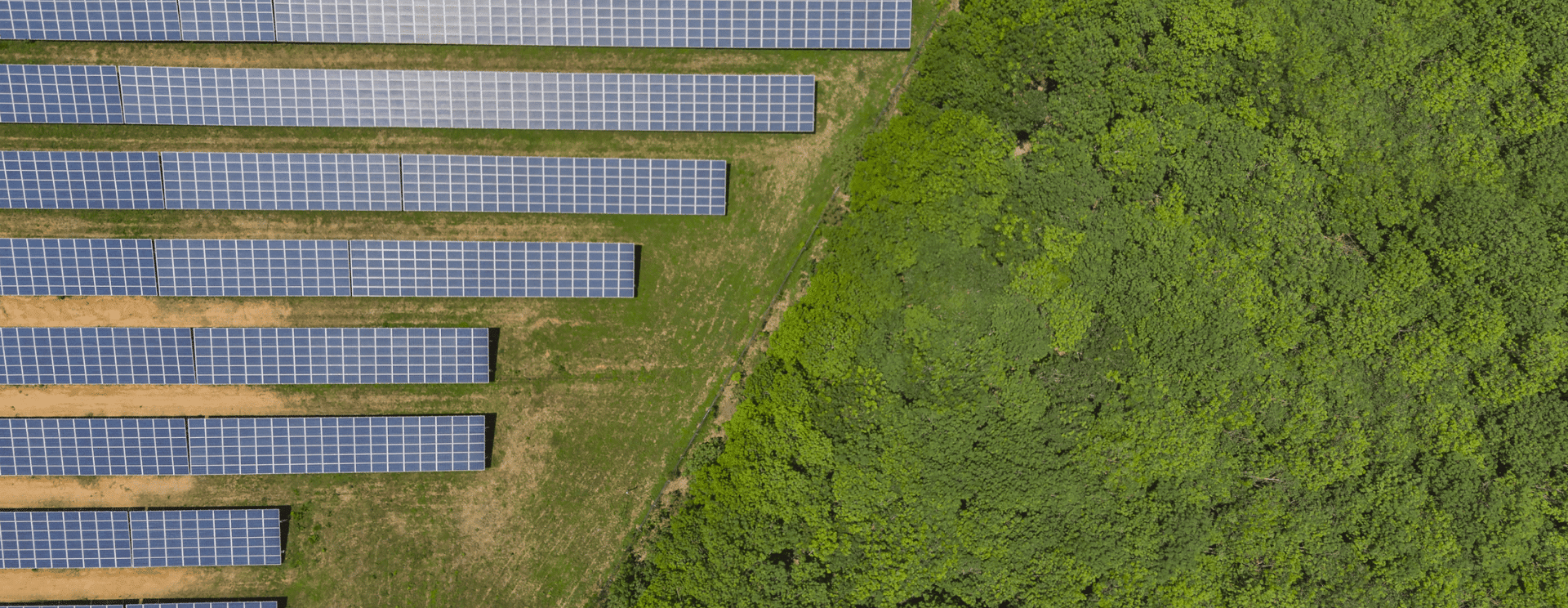Challenges of Utility-Scale Solar Projects

Utility-scale solar installations are never easy to manage. They have numerous phases from financing to the ongoing operation and maintenance of the system, which are complex and intricate. Knowing the right steps to take to deal with the challenges in every step of the process and manage the risks associated with the installation, could be the differentiating factor to ensure a profitable project.
The following are challenges associated with utility-scale solar projects:
1. Varying site requirements.
All utility-scale projects differ. This is because requirements vary from project to project. Requirements vary by transmission region, state, and utility. Therefore, it is important to plan effectively and understand all the requirements of the installation site. Some states like Texas require frequency and voltage droop, voltage control, and active power curtailment. For utilities, some have requirements such as field witness test while others do not. Being aware of these requirements and having a good understanding of them will reduce the potential consequences resulting from a compliance failure.
2. Insufficient risk management.
This results from poor planning at the beginning of the project. Upfront planning helps in the identification of potential risks associated with the installation. Some of the risks include accessibility of the site, material supply, vegetation control, and design of the installation. Failure to identify some of these risks could not only delay the project but also result in losses affecting the overall profit margin.
3. Too many equipment vendors.
Utility-scale solar projects require several components commonly known as balance of system. These are often purchased from multiple vendors. Many purchasing decisions are based on pricing with little regard to interoperability of the components. While purchasing from one vendor ensures an integration between the components, purchasing from different vendors could cause interoperability issues with the balance of system. Other issues such as supporting contracts, training, and replacing parts could also come up down the line, potentially driving up the overall expenses of the project. Consequently, seemingly saving on pricing at the beginning of the project by utilizing multiple vendors could potentially entail increased costs in maintenance and part replacements later on.
4. Reluctance to change.
Beside BOS improvements, there have been other solar power technology advancements in recent years. Through research and development, there have emerged tracking technologies, more efficient solar panels, and technologies that optimize solar and energy storage. Reluctance to switch to modern technologies could mean inefficiencies that result in loss of productivity.
5. Lack of labor and expertise.
Finding experienced personnel for utility-scale solar installations can be quite challenging. Labor varies in different regions since different solar projects have different requirements in different regions. In a mature solar market for example, utility-scale installation expertise is easily accessible. This is not the case in regions that do not invest in the solar market. For such regions, projects could be costly because of the high labor costs resulting from training. These are not one-time costs either since constant training is required to bring the labor up to speed with more efficient processes.
While this article highlights some of the challenges with utility-scale solar installations, there are many other challenges that arise with the growth of the solar industry. What’s certain though is that careful planning and coordination between the various vendors, the EPC, electrical contractors, and subcontractors are critical.
Learn more about how ECs are winning more solar projects with bundled cable.


